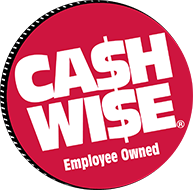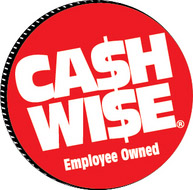When we look at our options for cutting boards, wooden ones always seem to stand out as being a more stylish choice which bring a sophisticated look to our kitchen rather than plastic. However, one often thinks what is the best way to wash these cutting boards? They almost look too pretty to wash or questions like “will it ruin the wood if I wash it?” come to mind. Truly the cleaning of wooden cutting boards is no different than any other type of cutting board. All cutting boards should be washed with hot, soapy water, rinsed thoroughly with plain water and then either allowed to air dry or dried with clean paper towels. All types of cutting boards, including wood, can also be sanitized. To make a sanitizing solution, mix 1 tablespoon of regular liquid chlorine bleach (unscented) with 1 gallon of water. Do not soak the cutting board in this solution, rather pour it over the surface and then allow the cutting board to sit for several minutes. Follow this with a rinse of plain water and let air dry again or pat dry with paper towels.
Type of Cutting Board
Other things to keep in mind when purchasing a wooden cutting board is the type of wood. Hardwoods and bamboo are what you should look for. Softwoods are too porous and will harbor bacteria and be difficult to clean. Hardwoods like maple, oak, cherry and teak are good options. Bamboo, by far, is probably the best choice. Bamboo will absorb little to no moisture and is very resistant to scarring from knives more so than the hardwood varieties. Scarring of cutting boards is also very important to be mindful of, deep grooves in the board can be harborage areas for bacteria and can be difficult to clean effectively. Remember to replace any type of cutting board when it contains deep grooves or becomes extremely worn.
 And last, but not least, I believe I covered this in my “Do I really need to use separate cutting boards?” blog…..The wisest choice is to use separate cutting boards for raw meat, fresh produce and bread items. If you remember, food safety is about building barriers and by having separate cutting boards for these items, you are reducing your risk of cross-contaminating one food with another. Effectively washing is the first step and using separate cutting boards just creates that extra barrier.
And last, but not least, I believe I covered this in my “Do I really need to use separate cutting boards?” blog…..The wisest choice is to use separate cutting boards for raw meat, fresh produce and bread items. If you remember, food safety is about building barriers and by having separate cutting boards for these items, you are reducing your risk of cross-contaminating one food with another. Effectively washing is the first step and using separate cutting boards just creates that extra barrier.
Until next time – Cook Safe and Be Healthy!
Kim,
Coborn’s, Inc, Food Safety & Nutrition Manager, Registered Dietitian
Click Here for more articles written by Kim










